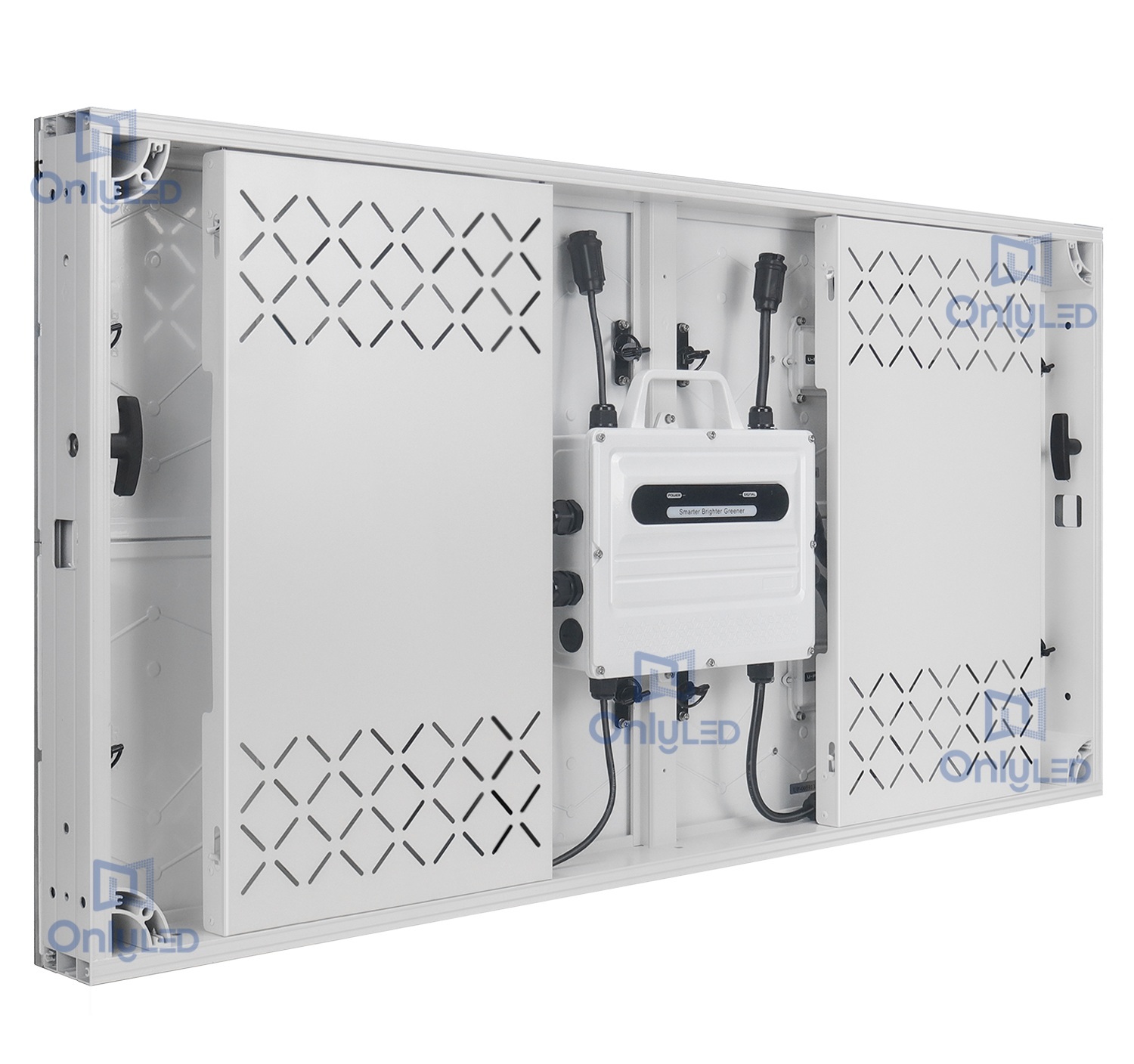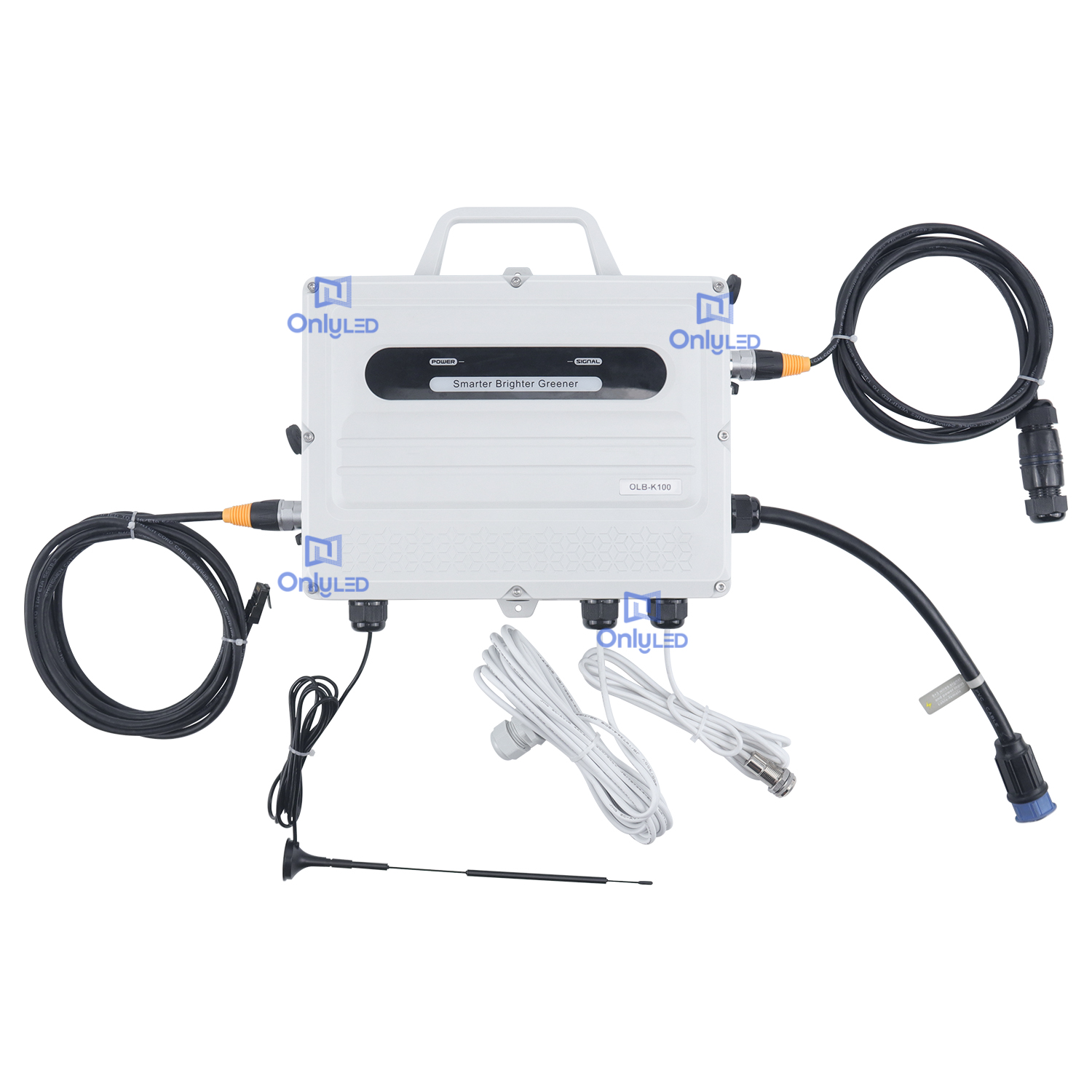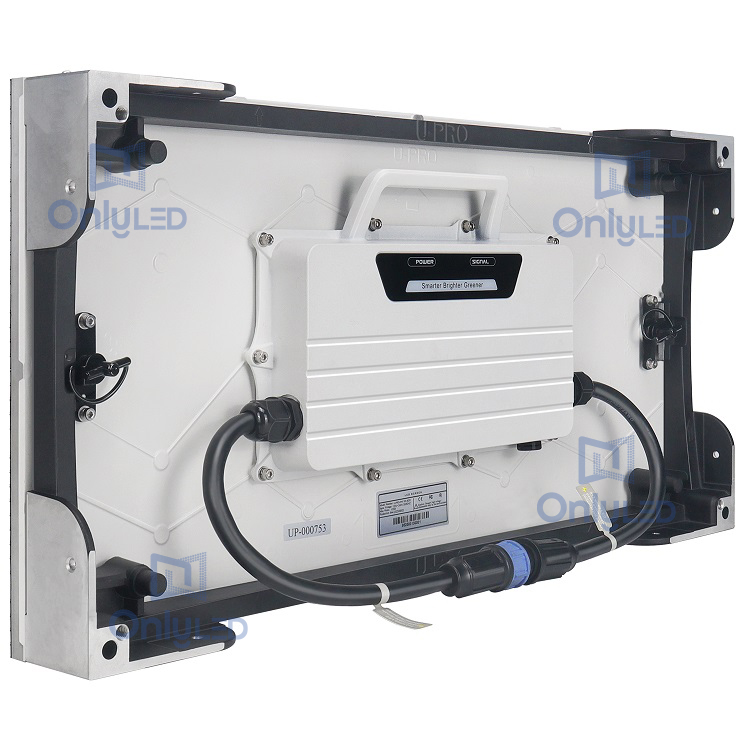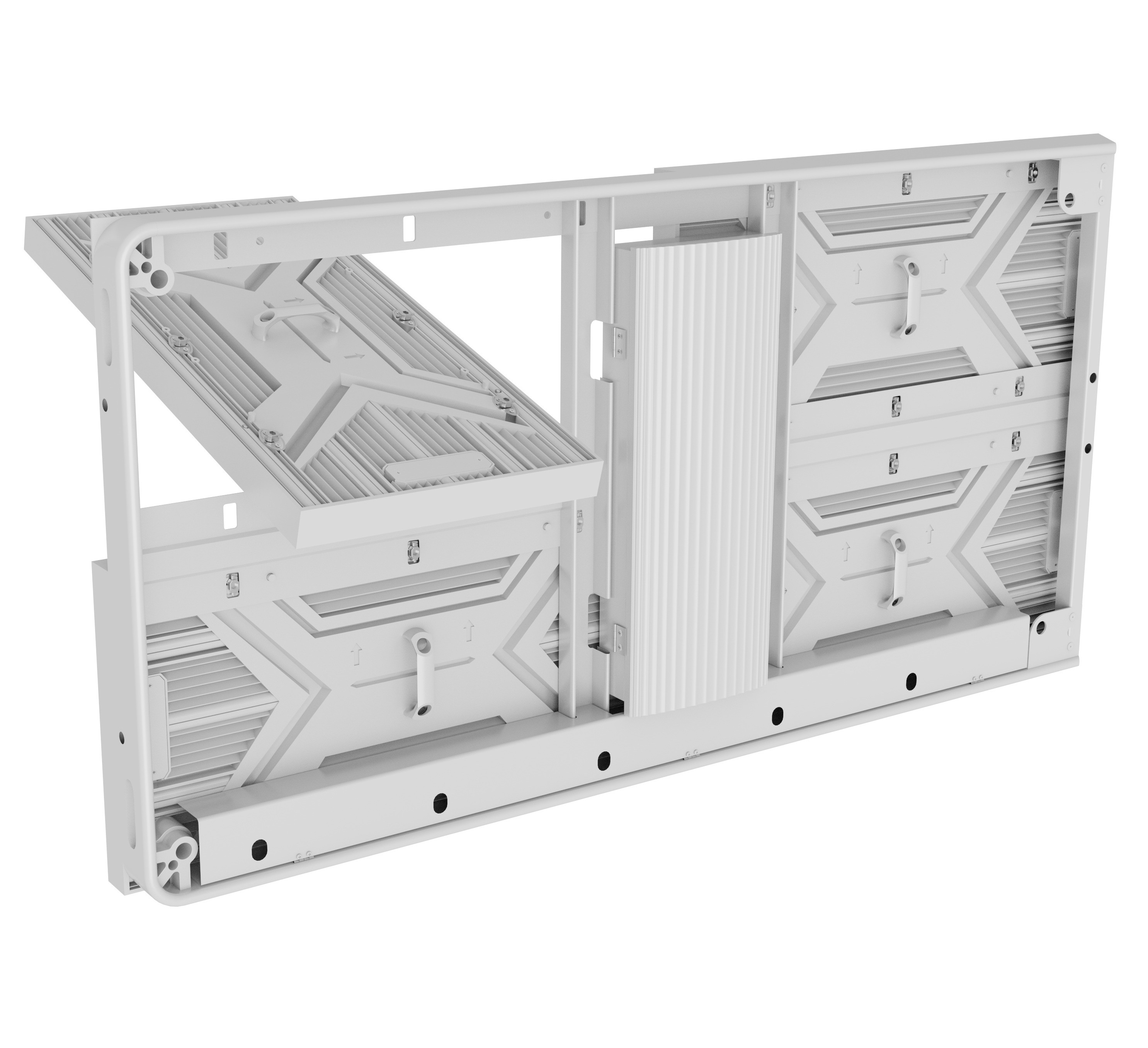Industry News
Understanding the Various Aspects of Projection Methodology

Projection method plays a critical role in optimizing the performance of LED indoor full-color display screens. This article aims to provide a comprehensive analysis of different techniques and their associated advantages and challenges when it comes to projecting content on these screens.
1. Direct View LED Technology
Direct View LED (DV-LED) technology has gained significant popularity due to its superior viewing experience and flexibility in creating large-scale displays. It eliminates the need for projectors by directly integrating LEDs into the display modules.
DV-LED technology offers unmatched brightness, contrast, and color reproduction, making it a preferred choice for indoor applications. It provides a seamless viewing experience with wider viewing angles and eliminates the risk of shadows or hotspots.
However, implementing DV-LED technology can be costly, especially for large-scale installations. Additionally, the pixel pitch determines the viewing distance, and a lower pixel pitch is required to achieve a closer viewing distance.
2. Projection Mapping Technique
Projection mapping is a technique used to project images or videos onto non-standard surfaces, including LED indoor full-color display screens. It allows for the creation of visually stunning and immersive experiences by aligning the projected content precisely with the irregular shape of the display screen.
This technique is often employed for artistic installations, live performances, and branding purposes. By mapping the content to fit the screen's shape, unique visual effects can be achieved, enhancing the overall viewer engagement.
However, projection mapping requires careful calibration and content mapping to ensure accurate alignment. Additionally, ambient light can affect the perceived image quality, making it necessary to control lighting conditions for optimal results.
3. Multi-projection System
A multi-projection system combines several projectors to create a seamless, high-resolution image over the LED indoor full-color display screen. This technique allows for increased brightness, resolution, and pixel density while maintaining color accuracy.
By distributing the projected image across multiple projectors, a larger viewing area can be covered without compromising on the visual quality. Multi-projection is often used in large venue settings, such as auditoriums, stadiums, and conference halls.
However, aligning multiple projectors requires precision and expertise to ensure seamless integration. The calibration process can be time-consuming and intricate, requiring professional support for optimal results.
Conclusion
The projection method used for LED indoor full-color display screens significantly influences the visual experience and overall performance. Whether employing DV-LED technology, projection mapping, or a multi-projection system, understanding the advantages and challenges of each method is crucial for effective implementation.
Consider the specific requirements of your installation, budget constraints, and desired visual effects when choosing the most suitable projection method. By carefully evaluating various factors, you can ensure an immersive and visually captivating experience for your audience.




